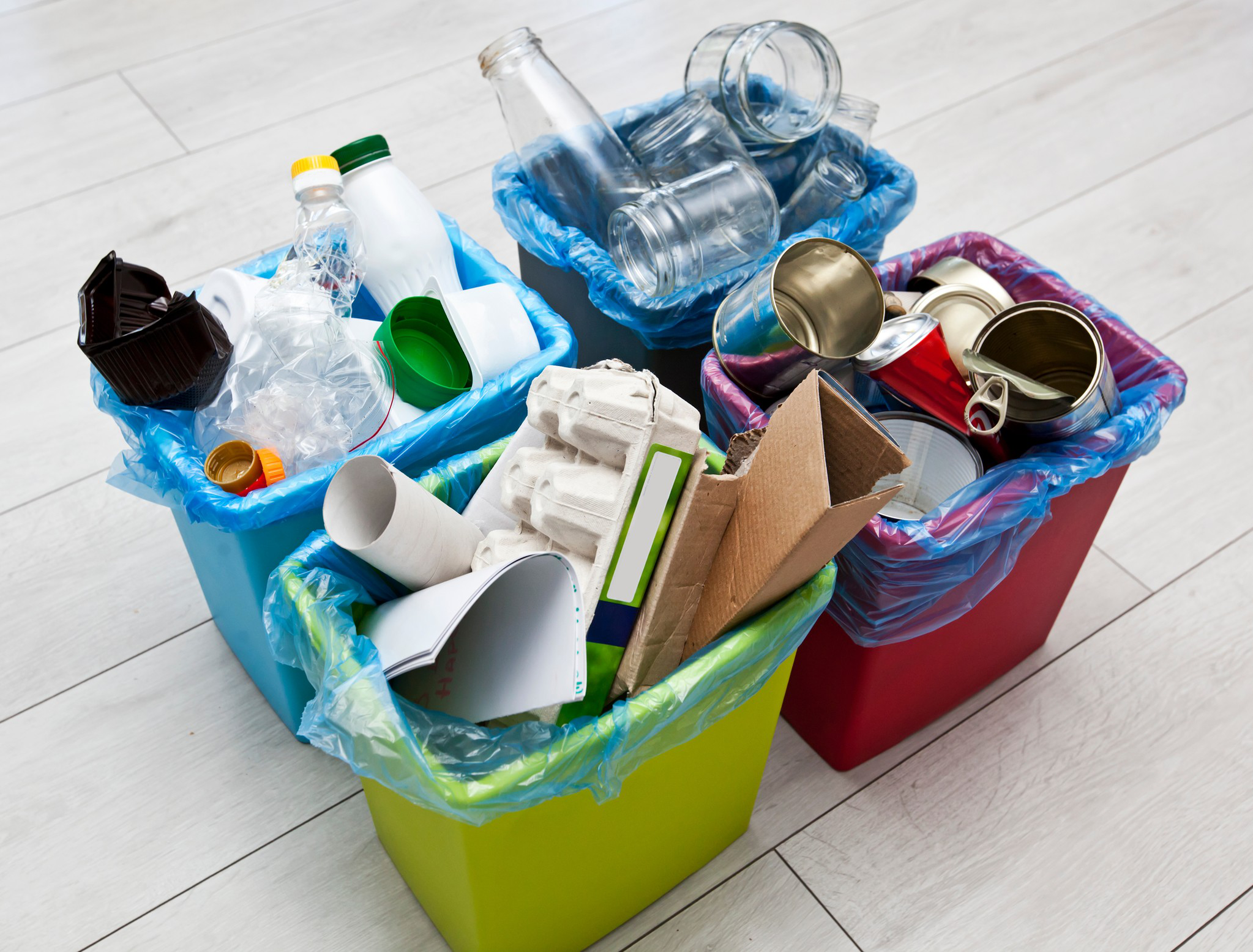If the currently prevailing linear economy continues, it will soon be "game over" for the planet. The solution is a circular economy. Plastic recycling is particularly important for our environment. It keeps waste out of nature, saves fossil resources, and significantly contributes to reducing greenhouse gas emissions. However, far too much plastic still ends up as waste in nature or in waste incineration plants. The main reasons are the variety of plastic types, colors, adhesives, and labels, which make recycling in a closed material cycle difficult or even impossible. To close the loop, we need plastic packaging that is made for recycling.
What does Design for Recycling mean?
Packaging is indispensable in our lives. It protects the product and contains important information for the consumer. However, it is often disposed of after a single use. As a result, valuable materials end up in the trash. To utilize these resources and close the loop, it is essential to consider the recyclability of the materials used in packaging design and ensure a design suitable for recycling. This is also required by legislation. For example, the EU Circular Economy Package and the Packaging Act contain ambitious goals and requirements. According to these, by 2030, all packaging produced in the EU should be 100% reusable or recyclable.
Why is Design for Recycling more important than ever?
The use of plastic packaging is steadily increasing – and with it, the amount of plastic waste. Produced, briefly used, and then thrown away. To achieve a sustainable future and permanently protect our environment, the handling of plastic must fundamentally change. Used plastic is not necessarily waste, but often a valuable resource that remains largely untapped.
According to the study “Packaging Transition Now!” by WWF, 89% of all plastic packaging is made from virgin material, and 50% of all plastic waste is incinerated after a single use. To achieve an effective and resource-efficient circular economy, plastic packaging must generally be reduced, but above all, systematically and effectively reused and recycled at the end of its use. This is a challenge that legislators, as well as manufacturers, the recycling industry, retailers, and consumers, must currently face. An important lever here is the recycling-friendly design of plastic packaging. This can increase the yield and value of these materials. According to industry experts, it is possible, for example, to switch 90% from multilayer material to monomaterial without sacrificing quality. This could result in an 11% higher outcome in closed-loop recycling. Sorting systems often have problems correctly separating the individual material layers in composite materials, which means that recycling is not possible or the recyclate is of poor quality. By adjusting polymers, colors, adhesives, additives, and closures accordingly, the yield and value of the recyclates can be further increased.

The most important parameters for a recycling-friendly design
But what criteria must future packaging meet to be classified as recyclable? Since the introduction of the Packaging Act, the Central Agency Packaging Register (ZSVR) serves as a control instance. It publishes an annual version of the so-called minimum standard for assessing the recyclability of packaging subject to system participation according to § 21 Abs. 3 VerpackG. It contains, on the one hand, minimum criteria that packaging must meet to be recyclable, and on the other hand, the minimum standard defines which materials can be particularly well integrated into the recycling loop and which cannot.
Accordingly, packaging must include a sorting and recycling infrastructure so that the individual components can be recycled according to their material. Individual packaging components must be sortable or separable from each other if they are made of different materials. The packaging must also not contain substances that represent recycling incompatibilities that could prevent successful recycling in practice.
For manufacturers who need to completely redevelop their packaging design to meet legal requirements in the future, there are some challenges:
- MaterialPackaging made from multiple material layers quickly becomes a problem for recycling. They cannot be separated after use and are assigned to a material fraction in the sorting plant. Manufacturers should therefore switch to mono-materials or use easily separable materials. Closures should ideally be made of the same material as the rest of the packaging.
- Color/PrintIf a package is not correctly recognized in the sorting plant, it automatically ends up in the residual fraction and is not recycled. This happens particularly often with dark-colored packaging. Manufacturers should therefore use light or transparent colors for their plastic packaging and keep the print on the surface as small as possible, avoiding metallic effects. Heat-resistant colors and adhesives can also be problematic. Water-soluble products are a good alternative here.
- Labels/BandsTo assign a package to a material type, it is scanned in the sorting plant. Particularly large labels made of a different material than the packaging can cause errors in this scanning process. As a result, the package is either assigned to the wrong material type, which worsens the recycling result, or it is not recycled at all. Therefore, manufacturers should either avoid labels or use labels made of the same material as the packaging. One option is water-soluble or easily removable labels.
- Residual EmptyingProduct residues left in the packaging, such as detergent or wall paint, not only complicate the process in the sorting plant but also result in a significant loss of quality in the recyclate. Manufacturers should therefore ensure that their packaging is particularly easy to empty, for example, through smooth inner surfaces and wide openings.
Conclusion
A shift from a linear to a circular economy for plastic packaging is of utmost urgency, especially from an ecological perspective. Packaging that is suitable for recycling is pure environmental protection. It simplifies collection, utilization, and recycling, reduces waste generation and CO2 emissions, saves costs, and is made available again to the material cycle as a high-quality secondary raw material. This system change is indeed possible with the sorting technologies available today, but it requires the will and close cooperation between industry, politics, science, and society.

